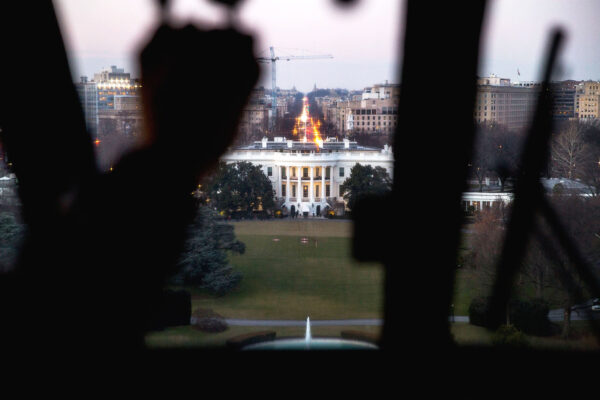
With Hillary Clinton some 700,000 votes ahead of Donald Trump in the popular vote count, Democrats may be forgiven for wondering what’s the point of the Electoral College?
This isn’t even the first time a Democrat won the popular vote but lost the election. Al Gore got 450,000 more votes than George W. Bush in 2000 but was defeated in the Electoral College as well.
However, we cannot assume either Gore or Clinton would have won if the Electoral College hadn’t existed, argues Jason Willick in The American Interest.
Trump might have held more rallies and driven up turnout in predominantly white and economically stagnant areas of California, Illinois and New York, three big “blue” states that Clinton won overwhelmingly.
Clinton, for her part, may have done more to boost turnout in metropolitan areas like Atlanta and Houston, even though Georgia and Texas, respectively, went “red”.
Don’t expect reform
Willick cautions Democrats against pinning their hopes on reform of the Electoral College. It would require a constitutional amendment, which is almost impossible to get through Congress. Even if two-thirds of legislators backed it, there is virtually no chance of two-thirds of the states ratifying such a change.
Between swing states that relish the attention presidential elections bestow on them, small states looking to maintain their outsized influence and states that feel the current Electoral College map favors their dominant party, it’s hard to see how there will be ever be fewer than thirteen states with an interest in maintaining the existing system.
Incentive
Rather than rage against the system, Democrats ought to accept the lesson of this election: They cannot win the presidency on the back of their multiracial, mostly urban base alone.
Willick recognizes that the axis of political conflict across the Western world is shifting from left versus right to cosmopolitan versus nationalist — the open or closed question. Part of this shift is that Democratic and Republican coalitions are increasingly sorted by geography, with the former packed into cities and the latter dominating rural and exurban counties.
“Geographic polarization makes political conflict more intense and compromise more elusive,” Willick writes, “because it means that people with divergent views are less likely to know or even interact with people who disagree with them.”
The Electoral College gives Democrats an incentive to build a more geographically diffuse coalition. If they manage to court the white working class again, it might moderate the violence of the cosmopolitan-nationalist clash.
Which, in turn, may incentivize Republicans to think about how to compete in the cities.
Two Americas
In this election, Clinton’s America and Trump’s America were almost unrecognizable from each other.
Under a popular vote system, there would be no obstacles against the parties engaging in an arms race to widen this chasm for political gain, Willick argues.
Because of the Electoral College verdict this time around, he is hopeful that “the next Democrat to run against Trump will work to build more appeal outside of metropolitan areas, blunting the trend toward the mutual ghettoization of today’s red and blue communities.”
